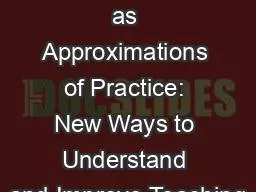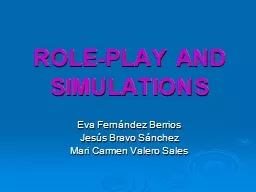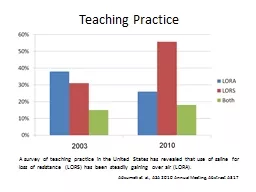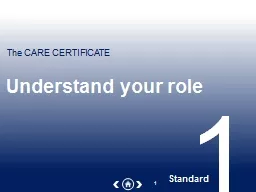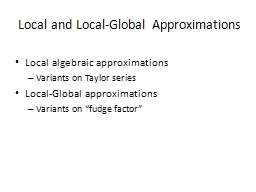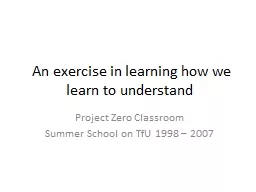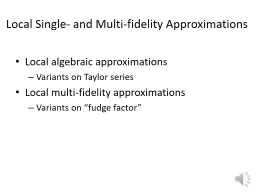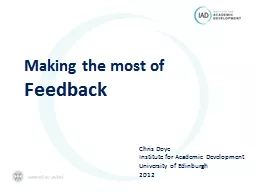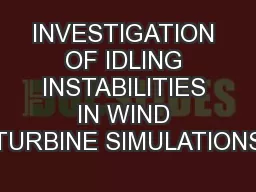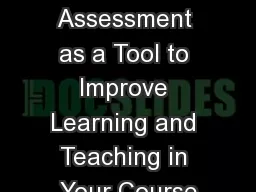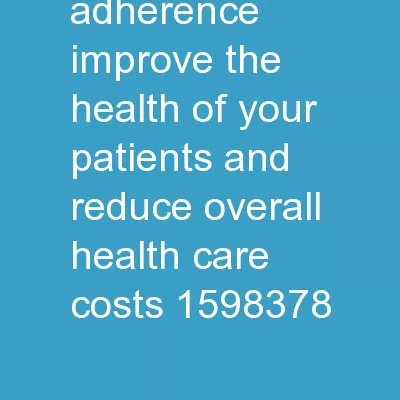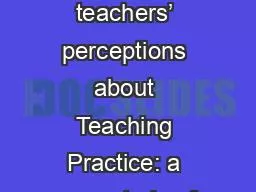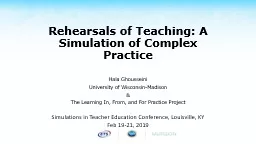PPT-Simulations as Approximations of Practice: New Ways to Understand and Improve Teaching
Author : thousandnike | Published Date : 2020-06-22
Dr Julie Cohen University of Virginia Curry School of Education and Human Development Overview Why simulations The what and the how An example study Theory and methods
Presentation Embed Code
Download Presentation
Download Presentation The PPT/PDF document "Simulations as Approximations of Practic..." is the property of its rightful owner. Permission is granted to download and print the materials on this website for personal, non-commercial use only, and to display it on your personal computer provided you do not modify the materials and that you retain all copyright notices contained in the materials. By downloading content from our website, you accept the terms of this agreement.
Simulations as Approximations of Practice: New Ways to Understand and Improve Teaching: Transcript
Download Rules Of Document
"Simulations as Approximations of Practice: New Ways to Understand and Improve Teaching"The content belongs to its owner. You may download and print it for personal use, without modification, and keep all copyright notices. By downloading, you agree to these terms.
Related Documents

